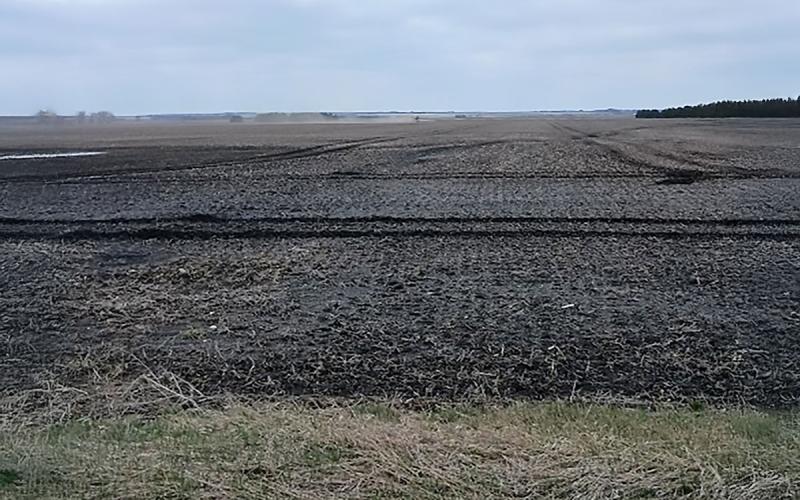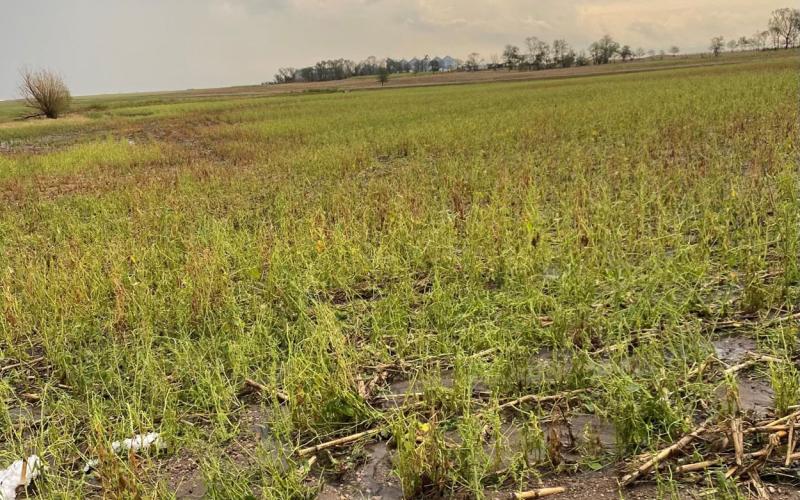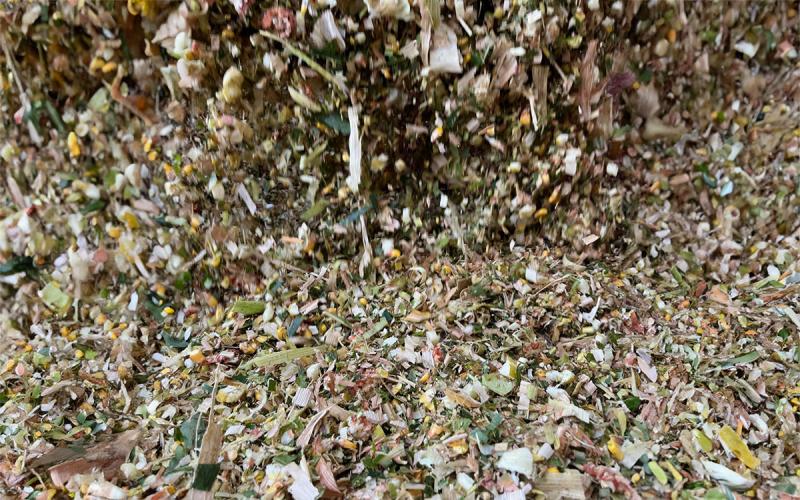Written by Karla Hernandez, former SDSU Extension Forages Field Specialist.
Corn is suited to preservation as silage. Silage additives can be used to remedy deficiencies such as lack of sufficient population of bacteria to support adequate fermentation, and low levels of fermentable carbohydrates. Most of the silage additives are applied as forages are chopped or during the loading phase. Silage inoculants tend to be expensive, but safe and noncorrosive. The standard silage inoculant, lactic acid bacteria (LAB), usually reduces fermentation losses but often increases losses during feeding. In most cases, if spoiling during feeding becomes a problem in a specific farm, the use of LAB may increase overall shrink losses and would not be recommended. However, if spoilage has not been a problem, then the use of LAB should be considered because reduces fermentation losses.
Using Inoculants
In most cases, bacterial inoculants reduce pH, shift fermentation toward lactic acid, and reduce ammonia production. In general, inoculants are very useful on grasses, alfalfa, and clovers than in corn or small-grain silages but it also tends to be less-effective with a crop that is low in sugars. The ideal silage inoculant should: (1) grow vigorously and compete with other microorganisms, (2) tolerate pH down at least 4.0, (3) ferment glucose, fructose, sucrose, fructans, and pentose sugars, (4) not utilize organic acids in the silage, (5) grow at temperatures up to 120oF, and (6) be able to grow in low-moisture environments.
Shrink Loss Factors
It is important to remember all the factors that affect shrink losses when determining whether inoculants are needed. These factors are the following:
- Type of structure: bunkers usually have greater shrink compared to other types of storage structures.
- Chop length: finely chopped forages can be packed more effectively, however chopping too finely can result in not enough effective fiber in the diet.
- Rate of filling: slow filling will reduce the rate of fermentation so that pH stays higher for longer time. Some of the major problems with shrink losses are the air trapped inside the silage. This will promote yeasts and mold causing serious problems to the final product.
- Packing capacity: not having enough packing equipment at the pile to keep up with the capacity of today’s silage choppers can be a challenge. Adding a second tractor may be called for to make sure that the silage can be packed thoroughly.
- Covering the silage: covering a bunker with plastic as soon as possible after filling is the best choice to reduce shrink and spoilage losses.


